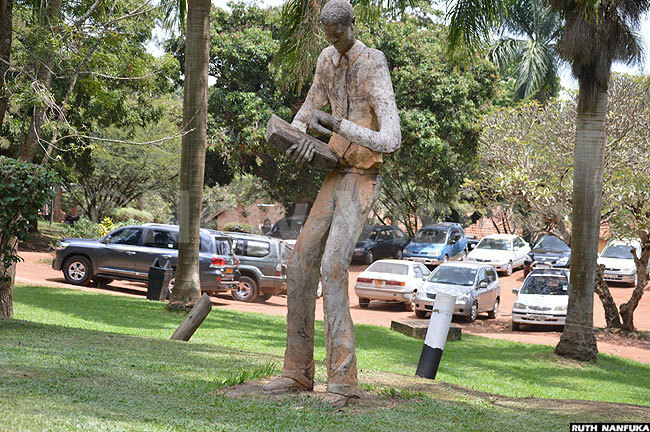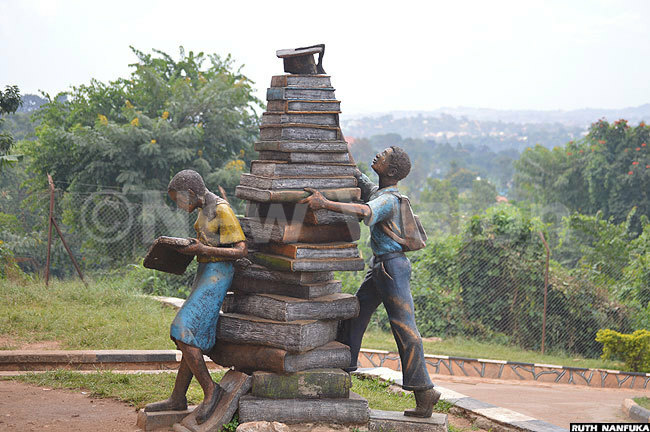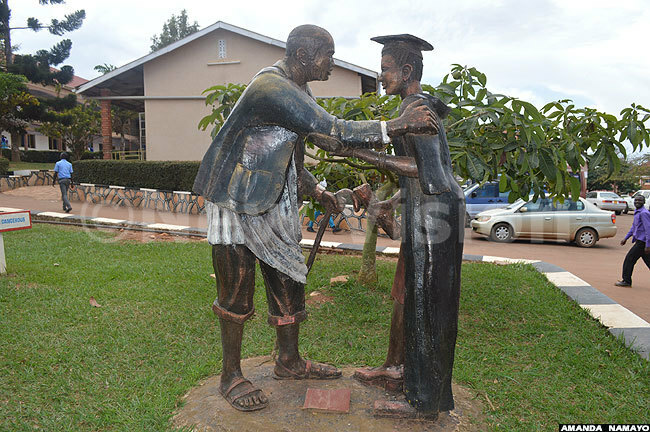Sculptures: Lifeless beings with powerful silent voices
Sculptures in school compounds have got a special way of communicating to students than you can ever imagine.
ART & SCHOOL
A compound looks attractive with creatively made sculptures. But there is even more to the beauty, as some schools have demonstrated.
Joseph Ssebaggala, a sculptor in Kampala, is the man behind the striking sculptures placed at various locations of Budo Senior Secondary School's compound. He says a sculpture is an art medium used for visual communication.
Sculptures in school compounds have got a special way of communicating to students than one can ever imagine.
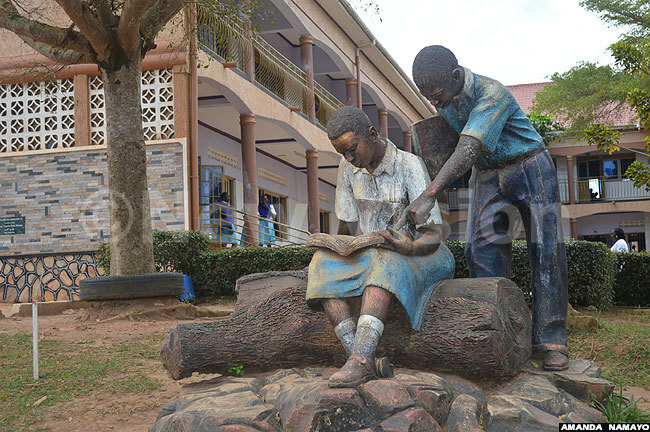
Swaleh Kigozi, an art teacher at Budo SSS, says an artist develops an idea which he/she intends for his/her audience to adopt and that is the message moulded through a sculpture.
He says the message portrayed by these sculptures communicates directly to students when they take time to clearly observe them.
Alice Namugga, an artist in Kampala, notes that the silent voice that a sculpture speaks reaches the heart of the observer - first to appreciate the artist and then interpret the intended message.
Ssebaggala says iron bars, iron mesh, binding wires, sand, cement and oil fast-dry colors are what he uses to make the beautiful human sculptures.
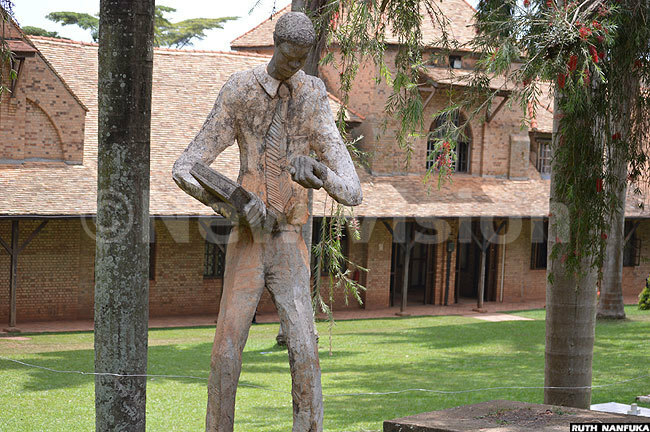
If not destroyed, sculptures are long term communicators that meet and connect generations. And almost everywhere you go on this planet, you are sure to find this captivating form of art.
One of the most famous sculptures is of Christ the Redeemer in Rio de Janeiro, Brazil, which is a symbol of Christianity. Created by French sculptor Paul Landowski, it was constructed using reinforced concrete and soapstone some 86 years ago and it still stands tall.
Meanwhile, the copper sculpture of the Statue of Liberty in New York City, USA is of a woman holding a torch in the right hand and a tabula ansata in the left hand inscribed with the date of USA's independence in Roman Numerals encodes.
It was gifted to the American people by the people of France in 1886, yet it too still stands and has become a symbol for New York.
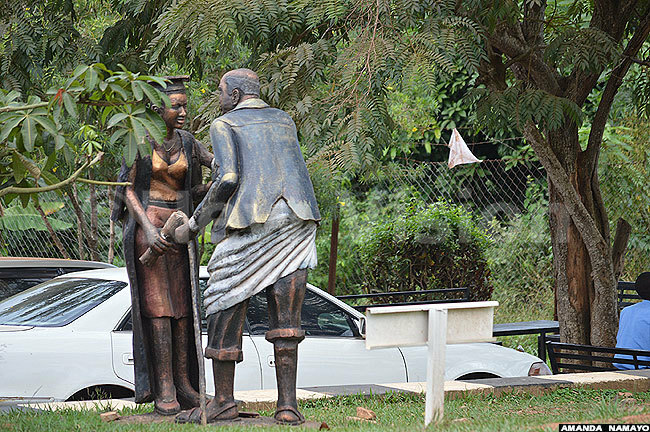
When locating sculptures, the message that it is meant to portray should be considered.
For instance, at a sports field, sports personalities will be sculpted while academic-related sculptures are ideal near a school library or at the school entrance.
Why sculptures are important in school compounds?
Such art work in school indirectly helps teachers to pass on some form of communication to students at all times without their efforts.
"Sculptures are designed for visual interpretation and a message can be imparted to students at all times," says Ssebaggala.
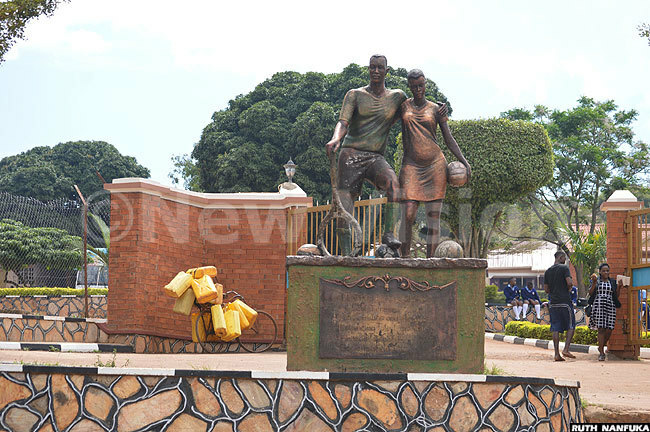
Daphine Kobugabe is a student at Buddo SSS. She says: "The sculptures are living examples in our school compound; taking for instance the sculpture at the gate entrance of our school illustrates students helping each other in studying.
"It encourages us to help one another academically so that we all excel," says Kobugabe.
The particular sculpture that Kobugabe is talking was done by Sssebagala as part of the collection of the different art pieces he made to master his craft.
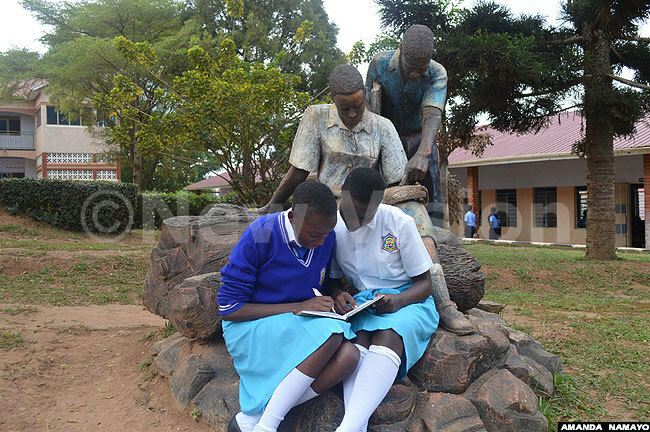
By the way, sculptures are used as a reference in fine art.
"At times we are referred by our teachers to closely take a look and feel of what already exists in our school compound," says Shukurah Nakuya, a Senior Two (S.2) student.
Some sculptures impact on and motivate students to hold on to education by aiming higher to reach the higher levels of education.
Buddo SSS student Samuel Kato says: "In front of our school library is a sculpture of piled up books with a graduation cap at the top. There is a boy aiming at the cap and a girl leaning on the books reading. Whenever I pass by it when entering the library, I read even more."
Then, the sculptures at playgrounds inspire players and drive them to be better at their game.
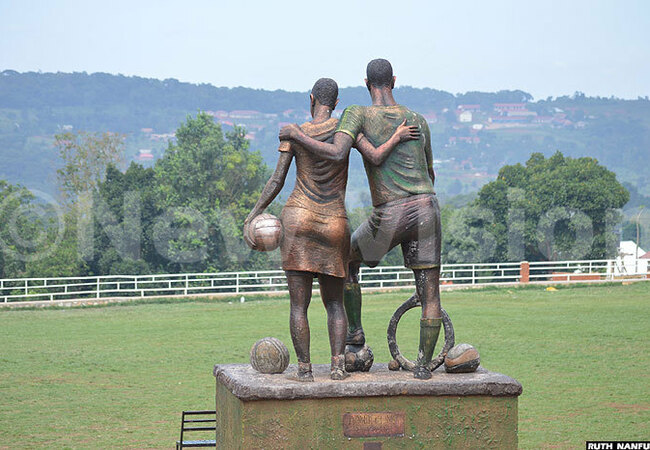
Ritah Nangobi, a basketball player, says that seeing sculptures of sports personalities at the field challenges them into becoming superheroes in the sports fraternity and also "makes us feel favoured and privileged as sports students".
On his part, Ssebaggala encourages art students to venture into sculpting because it is a career that can define one.
James Kasule, a lecturer at Nkumba University, advises art students to keep on practicing their sculpting skills because that alone can help them be their own bosses.
